|
|
Steps to Improve Indoor Air Quality in Your Home

Adults, kids, and even our pets rely on good quality air. Stagnant air in our homes can invite pollutants and cause things like asthma, allergies, and illnesses. Indoor Air Quality or IAQ is the guidepost for breathing safe air that circulates throughout our homes. A study done by the EPA shows that indoor air pollution levels can often be two to five times higher than outdoors! The good news is that we've compiled a list of several DIY solutions you can do to improve your home's air quality.
Add More Houseplants to the Mix
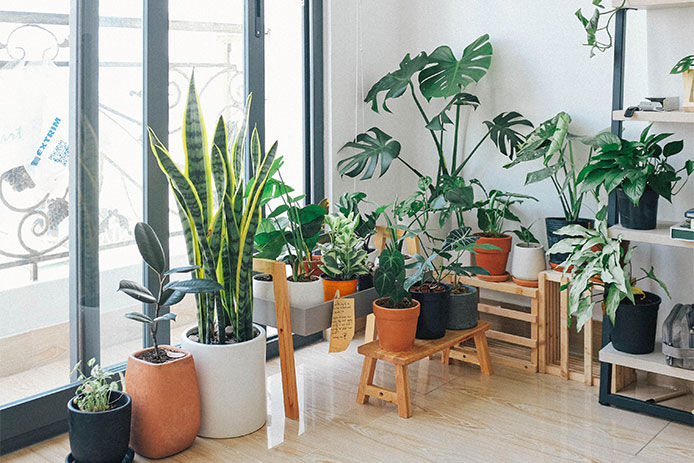
Certain plants are naturally built to remove dangerous air toxins. Having more of them can improve the quality of air inside your home. Even NASA came to that conclusion in their recent Clean Air Study. Choose any of these common house plants, and place at least one plant per 100 square feet for best results.
Have a Safe Air Plan for Construction Work
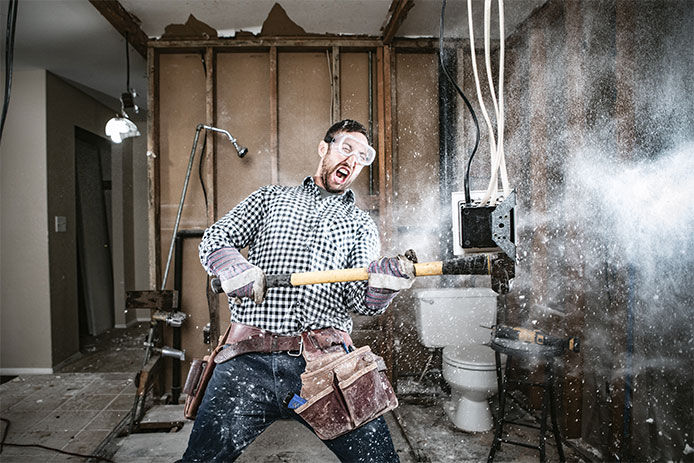
Anytime you're diving into home construction or improvements, where demolition might be involved, you'll want to have a game plan. This quick checklist will help prevent mold, debris, and particulate buildup inside your home.
- Use floor protection coverings - some, including polyethylene wraps, are recyclable.
- Control moisture buildup by opening windows, turning on fans, and using exhaust fans in bathrooms.
- Choose high-quality materials for construction projects. High standards will lead to improved indoor air quality.
Clean Your Air Ducts Every 3 Years
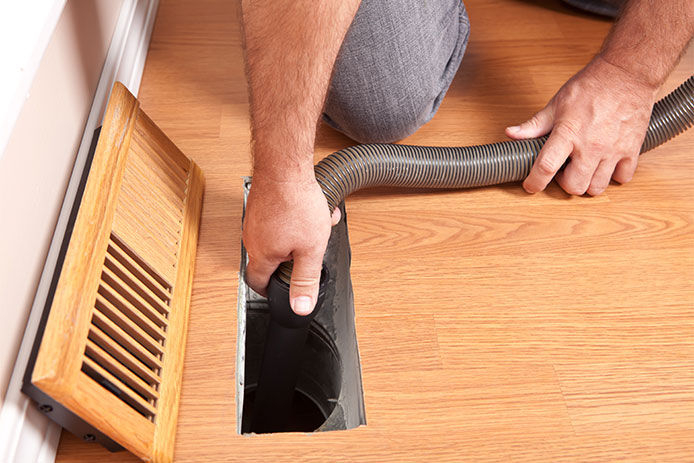
These are the passageways that circulate air throughout your home. If these are dirty or compromised, they will contribute to poor IAQ. There are several reasons to routinely clean your air ducts every 3-5 years. If you're prepared to safely handle mold, animal droppings, and similar, you might make this a DIY project. Many HVAC companies offer this professional service if you'd rather skip it.
Clean Your Dryer Vent Once a Year
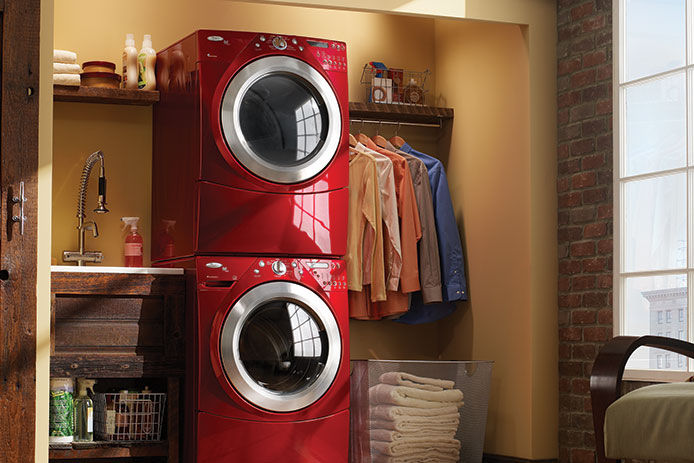
You'll reduce the risk of fire and harmful particles that get released into the air by cleaning your dryer vent each year. You can call the pros or follow these steps to do it yourself. You'll need a dryer vent brush kit or even a scrub brush.
- Locate the outdoor dryer duct
- Disconnect power to the dryer
- Clean both ends of the duct with the brush
- Reconnect power
Ventilate by Opening Windows Daily

Develop a routine, set a timer if needed. Make it a daily task to open the windows to bring fresh air into the home. Opening your windows for 15 minutes a day (even in summer and winter) can replace stagnant indoor air throughout the house.
Use HEPA Air Filters

Like plants, air filters work to remove and reduce pollutants. You'll get the best and safest results for all systems by choosing filters that fall under the High-Efficiency Particulate Air (HEPA) category. Consider upgrading the filters for your:
|
|
Use a Portable Air Cleaner
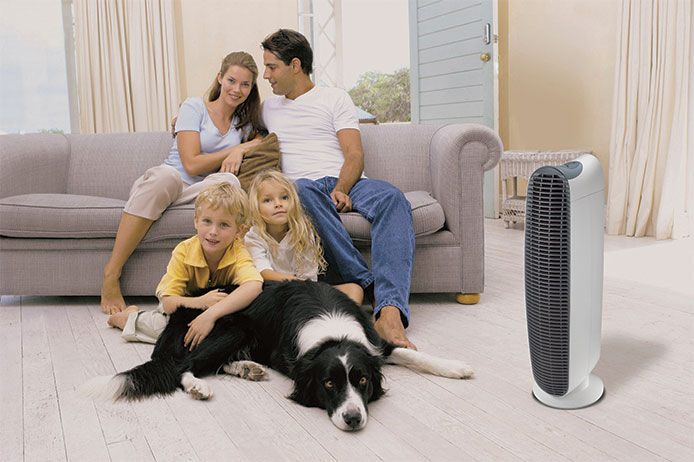
Popularly called air purifiers and air sanitizers, air cleaners are known to remove over 95% of bacteria, mold spores, and pollen. Go with the EPA recommendation and choose an air cleaner with an appropriately sized Clean Air Delivery Rate (CADR) for your home.
Install a Whole-home Humidifier
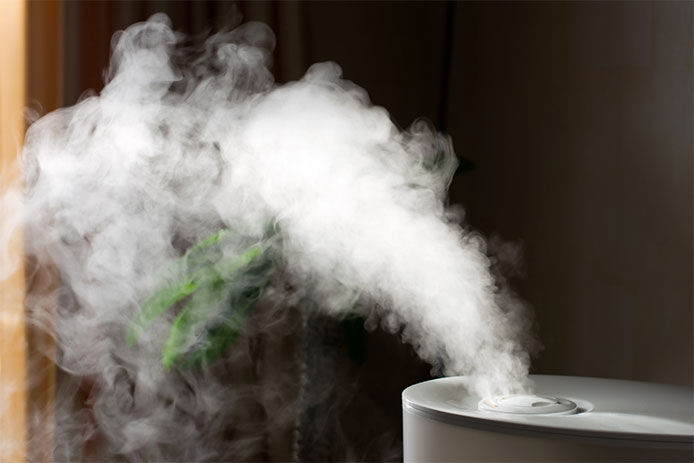
You could certainly add a portable humidifier to each room in your home. But you might come out ahead in the long run if you install a whole-home humidifier. These humidifiers will keep your entire house at a healthy moisture-level. They are attached to the central heating and air conditioning system and regulate humidity levels through the ductwork.
Pay Attention to Poor Air Quality Threats

Stay vigilant in targeting these common air quality culprits.
|
|
Put safety first, and if you're not certified to tackle hazardous materials safely, reach out to a licensed professional to identify and remove the threat.
While do-it-yourself projects can be fun and fulfilling, there is always a potential for personal injury or property damage. We strongly suggest that any project beyond your abilities be left to licensed professionals such as electricians, plumbers, and carpenters. Any action you take upon the information on this website is strictly at your own risk, and we assume no responsibility or liability for the contents of this article.